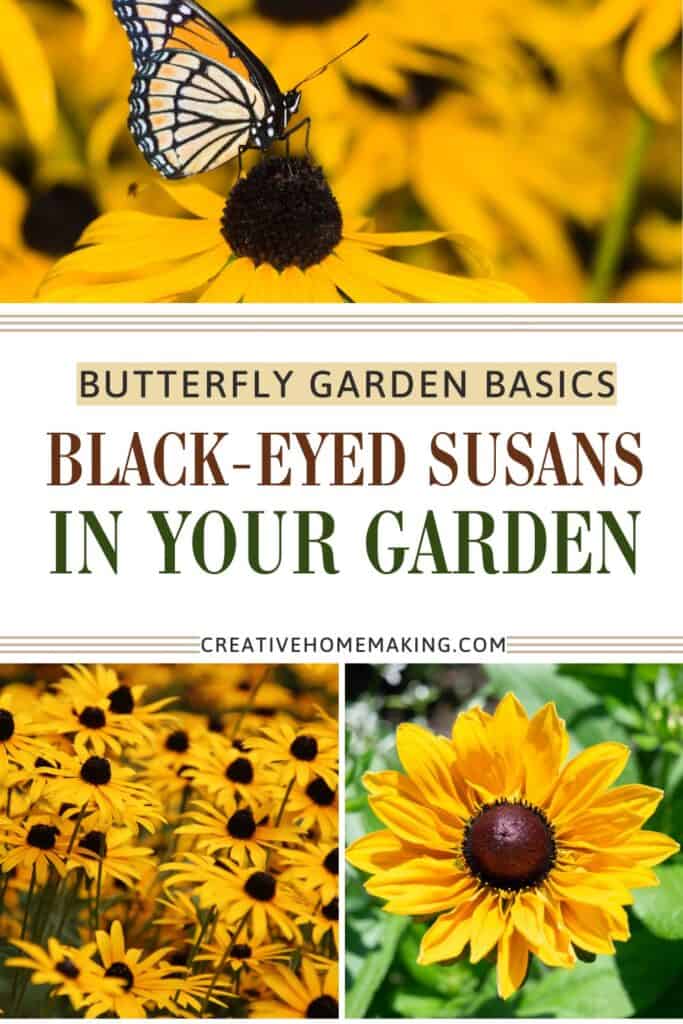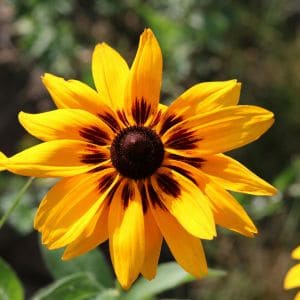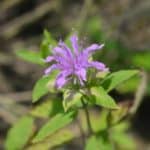If you want to attract butterflies to your garden, growing Black-Eyed Susans is a great choice. These flowers produce plenty of nectar, which butterflies love, making your garden a buzzing, colorful spot. They also support other pollinators like bees and moths, adding even more life to your outdoor space.
This post may contain affiliate links.
Black-Eyed Susans are easy to grow and care for. They can thrive in many garden settings, from borders to containers, and they bloom with bright, sunny flowers that bloom throughout the summer. Adding them to your butterfly garden is a simple way to create a lively and beautiful environment.
Related Article: Companion Plants for Lilacs: Enhance Blooms and Boost Growth in Your Garden

How to Grow Black Eyed Susans for Your Butterfly Garden
Growing black-eyed Susans can bring more butterflies to your garden. You’ll want to pick the right types of plants, find the best spot with plenty of sunlight, and prepare the soil well before planting. Each of these steps helps your garden thrive and attract pollinators.
Related Article: How to Grow Joe Pye Weed to Attract Butterflies
Choosing the Best Varieties for Pollinators
Look for black-eyed Susan varieties that produce lots of nectar and pollen because these feed butterflies. Common types like Rudbeckia fulgida and Rudbeckia hirta are great choices. Some varieties grow taller and have bigger flowers, which are easier for butterflies to land on.
Bright yellow petals with dark centers work well to attract pollinators. You can find types that bloom from mid-summer to early fall, giving butterflies food for a longer time. If you want a mix, try planting a few different kinds to keep the garden colorful and lively.
Related Article: Bee Balm 101: The Pollinator Plant Every Garden Needs
Site Selection and Sunlight Requirements
Choose a spot in your garden that gets at least 6 to 8 hours of direct sunlight every day. Black-eyed Susans love full sun and will bloom better with more light. Avoid shady areas because they can reduce flower production.
Make sure the location has good air circulation to prevent disease. If possible, place your plants near other butterfly-friendly plants to create a welcoming habitat. This will increase your chances of seeing more butterflies visiting.
Related Article: How to Grow Zinnias from Cuttings: Easy Steps for a Blooming Garden
Soil Preparation and Planting Techniques
Black-eyed Susans grow best in well-drained soil. You can improve heavy or clay soil by mixing in compost or sand to help water flow through easily. They do okay in average soil but avoid very rich soil, which can cause weak stems.
Plant your black-eyed Susans after the last frost in spring. Space them about 12 to 18 inches apart so they have room to grow and air can circulate. Water well after planting, then only water if the soil dries out since these plants are drought-tolerant once established.
Related Article: Why Creeping Phlox is the Perfect Plant for Butterfly Gardens
Maintaining a Butterfly-Friendly Black Eyed Susan Patch
To keep your Black Eyed Susan patch healthy and full of flowers, you need to pay attention to watering, feeding, pest control, and pruning. These steps help your plants grow strong and invite more butterflies.
Related Article: How to Grow Verbena for a Butterfly-Friendly Garden
Watering and Fertilization Tips
Your Black Eyed Susans like to stay moist but not soggy. Water them deeply once a week, more often if the weather is hot or dry. Early morning watering helps prevent diseases.
Use a balanced, slow-release fertilizer in spring when new growth appears. Avoid too much nitrogen, or your plants may produce more leaves than flowers. You can also add organic mulch around the base to keep the soil moist and cool.
Related Article: Top 11 Butterfly-Friendly Plants for Your Garden
Natural Pest Control Methods
Encourage friendly insects like ladybugs and spiders which eat pests harming your flowers. Avoid chemical sprays because they can hurt beneficial bugs and butterflies.
Handpick pests like aphids or caterpillars if you see them. You can also spray plants with a mild mixture of water and soap to control pests safely. Planting herbs nearby, like basil or mint, can help repel unwanted insects.
Deadheading and Pruning for Continuous Blooms
Remove spent flowers regularly to encourage new blooms. This process, called deadheading, keeps the plants busy producing more flowers rather than seeds.
Trim back any dead or crowded stems in late summer to improve air flow and plant health. Pruning helps your patch look neat and keeps butterflies attracted for a longer time.
Follow my Butterfly Garden board on Pinterest.




